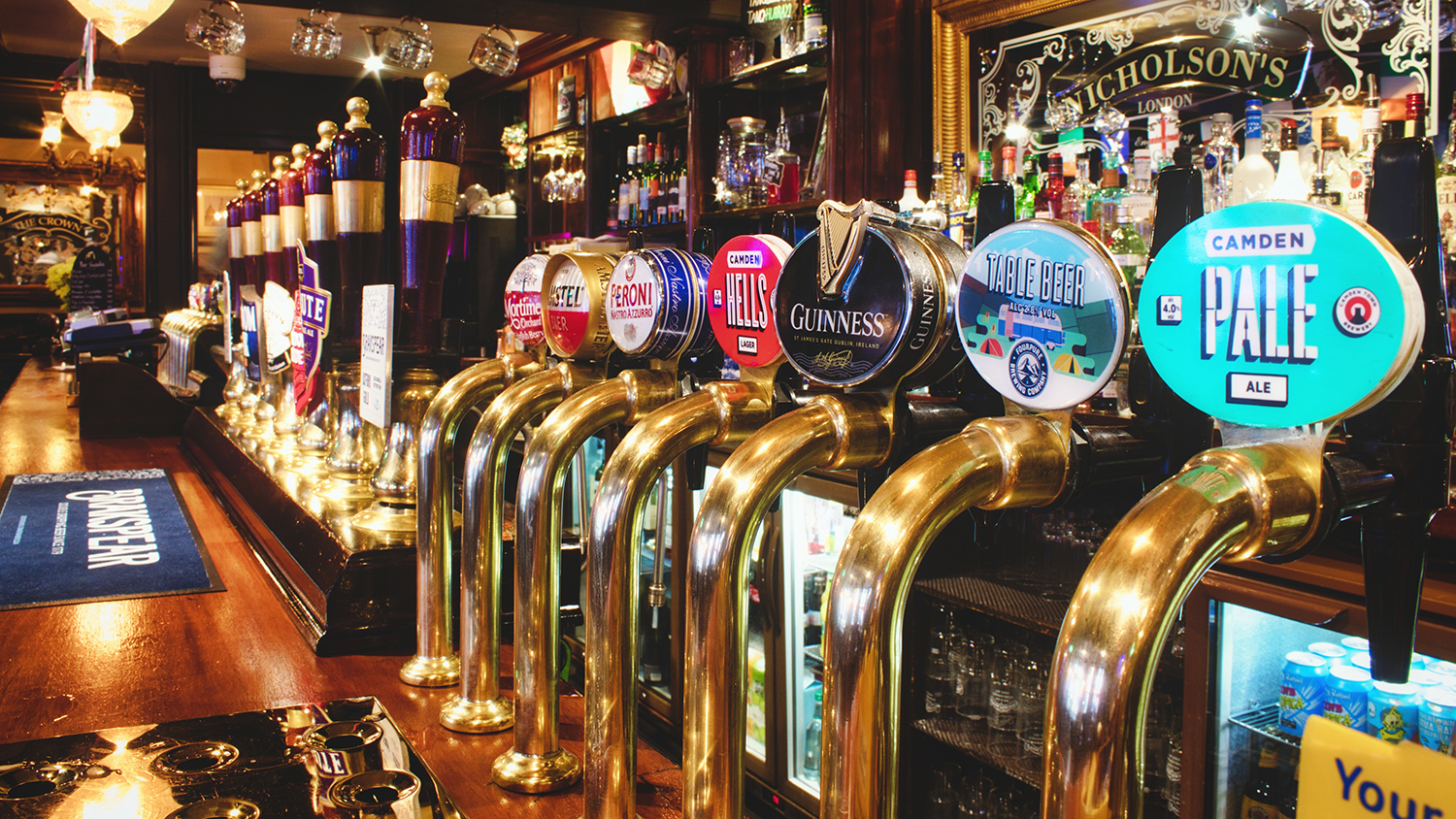By Ana Mayer, Contributor
Modern consumers have become extremely demanding and make their purchasing choices according to completely different principles than years prior.
For example: consumers will opt for delivery over walking to the nearby cafe around the corner; they’ll choose a restaurant based on sharing a similar worldview alignment; they will not look for cheaper offers, but will strive for personal experience, speed, convenience, environmental friendliness, and organic-ness.
These changes in consumer consciousness and behavior had a direct impact on the marketing promotion of cafes, bars, and restaurants. Today, it’s not enough to hang a bright sign. Today, it is necessary to argue why your institution is worthy of the attention of a new generation of visitors and do it in a way that’s convenient for them.
Branding a Restaurant is an Ongoing Process
Very often, novice business owners think that branding is the development of naming, logo, brand book and the choice of corporate colors. And in part, this is correct. However, branding is not a one-time, but a permanent action. Once you have developed a logo, created a brand history, developed a marketing message based on your values and mission, it's time to allow people to learn about you.
And this is an ongoing process. Restaurant branding is like planting fertile seeds in the subconscious of people who, with the right combination of efforts and marketing trends, will talk about you without your participation and turn guests into brand ambassadors. In this article, we have collected several trends that you need to know to brand your restaurant in 2020 and beyond.
Political Views Can Spoil Your Brand’s Impression
Or they can improve it. It's a double-edged sword.
In general, what would be the relationship between restaurant branding and politics? But in fact, the political component can give a very strong advantage to the brand of your restaurant, but it can also spoil it. It is very important to understand what views your guests adhere to, and how reasonable it is to state your opinion on behalf of the brand. It may be wiser to remain silent and keep a neutral position as best you can, but that can be difficult in itself.
Therefore, in 2020 the success of such a “political branding of a restaurant” will depend on how correctly you choose the person or party that you will support. Or vice versa, you won’t.
Everyone Is Waiting for Even More Personalization
Personalization is a trend and the main marketing word of recent years. And no, it’s not going to leave the arena. Consumers are waiting for more personalization and there is increasing evidence of its importance for improving your brand. Therefore, when branding a restaurant in 2020, think about how you can personalize the guest experience, and show each visitor that they are important to your restaurant like no other.
Here is an interesting example. Recently, solo trips to the restaurant have become popular. Restaurant operators picking up on this trend have even begun to revise their seating arrangement and overall guest experience so guests have the opportunity to be in a noisy company or in seclusion, depending on their preference.
This trend once again shows the importance of personalization. It is necessary to personalize the experience to maximize the guest experience and their satisfaction level. One Mumbai restaurant offered a solo-diner the company of a small goldfish in a round aquarium for the evening. This story not only was a sweet gesture by the staff for to the guest but also became a viral hit on social. Think about what unique offer you can make to each of your visitors to show personal concern for each.
Using Chatbots is Not a Trend but a Must-Have
A few years ago chatbots were in trend, and in 2020 they have become one of the most irreplaceable means of communication between brands and consumers. As we already said, users strive for maximum personalization, and communication through chatbots in instant messengers is a great way to give the visitor the content they need without overwhelming your restaurant’s staff. They can answer basic questions, take orders and reservations, and more.
Plus, if you use this opportunity in combination with analytics and monitoring user behavior, the efforts from developing your brand will pay off much faster.
Besides, today users want to be spoken to in the same language. Therefore, if you operate in an area that has guests speaking multiple languages, it makes sense to think in advance about how you will build communications with those guests in those languages. Creating language versions of the site is just the tip of the iceberg of how restaurant chatbots can help. Using chatbots will help build your restaurant as a tech-savvy brand, something that’s important to younger generation of consumers.
Influencers’ Influence Will Continue to Grow
Interaction with influencers is a good opportunity to brand your restaurant and increase awareness. In 2020, this trend has only increased due to people staying home and going online due to COVID-19. This works as a symbiotic relationship as the influencer gets more content to share with their followers while your brand gets much-needed exposure to their audience.
There is only one subtlety in the case of restaurants. Most likely, you will have to find a local influencer and lure them to your restaurant so that they can give a real recommendation. Plus, you should also consider the specifics of the target audience of the influencer and your restaurant.
For example, if you know that the influencer supports a vegetarian lifestyle, and your restaurant menu does not contain a single vegetarian dish, then interacting with this influencer will be useless. Instead of a recommendation, you will get a ton of criticism. So, make sure that your target audiences are the same and your values are similar.
You Must Have a Strong Social Media Strategy
Modern society is characterized as social media-driven, which means restaurant brands need to get on social and develop relationships with their followers, visitors, and guests.
However, for this process to be successful, you need an even more specific, strong and comprehensive strategy for promoting your restaurant on social networks. This goes beyond just setting up social accounts and tweeting about your latest offerings (though you should do that). Savvy restaurant operators have designed their restaurant interiors to make them more palpable for image-heavy platforms like Instagram. This means that the restaurant’s interior must be designed so that Instagram photos are successful from any angle and nothing extra sticks into the frame in the background.
And by the way, this trend makes it possible to come up with many ideas for promoting a restaurant on social networks. For example, you can arrange a contest for the best photo from your restaurant which doubles as giving you tons of free user-generated content (UGC) that you can use in the future for promotion as well as spreading your brand to competitors followers at the same time.
Hint! Be sure to come up with a brand hashtag to increase recognition. Then you can use it for each of your promotions.
Your Restaurant Brand Must Be Sustainable
Another trend among modern consumers is wanting to see sustainability and environmental friendliness in everything -- from the history of your brand to the lack of plastic tubes in cocktails. However, it is not enough to tell only stories here. You need a large set of measures to introduce sustainability and environmental friendliness into your internal processes. Some examples are a complete rejection of plastic and its replacement with glass or paper; waste sorting and zero food waste; and even the interior and decor of a restaurant should be completely environmentally friendly. Plus, your menu should contain only organic food dishes and offer a large selection for vegetarians.
Conclusion
Restaurant branding is not only about the logo and a memorable name. It’s also about convenient opportunities for communication with visitors that they expect from you, about maximum personalization, a strong strategy for social media, plus sustainability and environmental friendliness. This is a set of measures to promote the restaurant brand beyond 2020. And keep in mind that you need to constantly promote the brand of your restaurant to reach a point when your clients will recommend your institution themselves.
About the Author
This article was written by Ana Mayer, a project manager with 3+ years of experience. While projects can do without her participation (which means almost never), she likes to read and create expert academic materials for the Online Writers Rating, Best Writers Online review website. Such work gives her the opportunity to write articles on the most relevant topics of today.



















